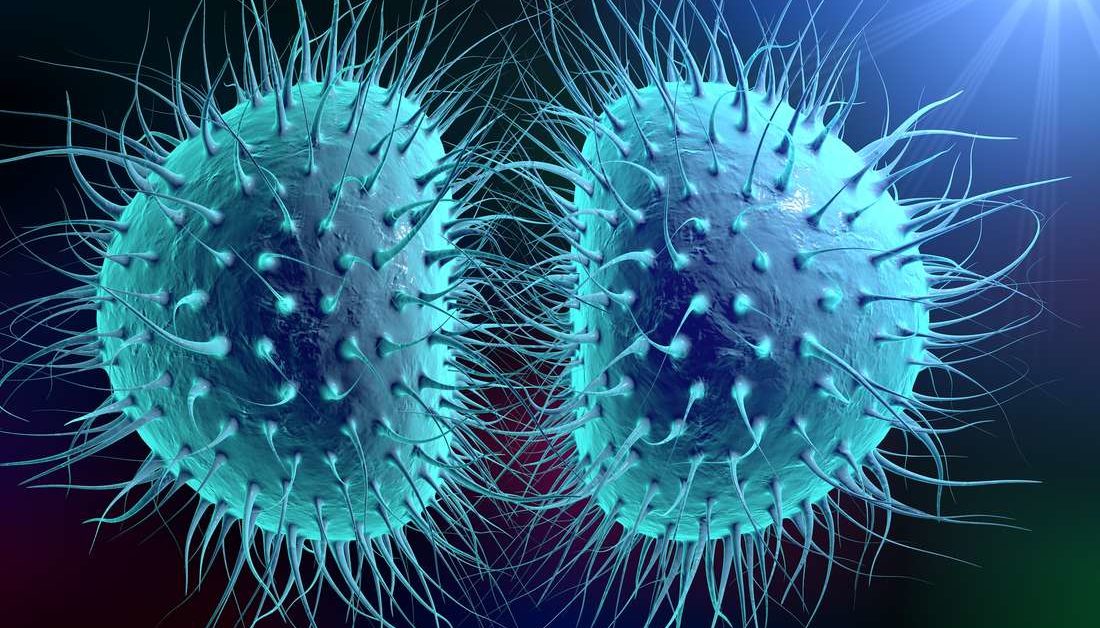Overview
Bacterial meningitis is the most serious type of meningitis; this is a condition where foreign pathogens attach themselves to the protective membrane. This often happens around the brain and It can lead to death or permanent disability. It is a medical emergency. Meningitis affects the meningitis, the membranes that surround the brain and spinal cord and protect the central nervous system (CNS), together with the cerebrospinal fluid.
Causes
Bacterial meningitis can be caused by a range of bacteria:
- Neisseria meningitides (N. meningitides)
- Haemophilus influenzae (H. influenzae) type B (Hib)
- Streptococcus pneumoniae (S. pneumonia)
- Listeria monocytogenes (L. monocytogenes)
- Group B Streptococcus
At different ages, people are more likely to be affected by different strains; the bacteria that cause meningitis, usually pass from one person to another, for example, through droplets in coughs and sneezes or through saliva or spit. Some types can spread through food. Group B streptococcus can pass from mothers to newborns during delivery. Some people are carriers and H. influenza is the main cause of bacterial meningitis in children under 5 in countries that do not offer the Hib vaccine (Brazier, 2017).
Symptoms
Early symptoms of meningitis include:
- nausea and vomiting
- fever
- headache and a stiff neck
- muscle pain
- sensitivity to light
- confusion
- cold hands or feet and mottled skin
- in some cases, a rash that does not fade under pressure
Blood tests may be used to monitor the patient’s levels of blood sugar, sodium, and other vital chemicals. Treatment for bacterial meningitis normally involves admission to the hospital, and possibly an intensive care unit. Antibiotics are essential, and these before the results of tests come back, possibly before arrival at the hospital.
Risk Factors
Bacterial meningitis can happen at any age, but infants are more susceptible.
- An anatomical defect or trauma, such as a skull fracture, and some kinds of surgery, if these allow a way for bacteria to enter the nervous system.
- An infection in the head or neck area
- Spending time in communities, for example, at school or college
- Living in or traveling to certain locations, such as sub-Saharan Africa.
- Having a weakened immune system, due to a medical condition or treatment.
- Working in laboratories and other settings where meningitis pathogens are present
Prevention
- The meningococcal vaccine
- The Hib vaccine
- The Hib vaccine is given in four doses at the ages of 2, 4, 6, and 12 to 15 months. Side effects of the vaccines may include redness and soreness at the site of the injection and a fever. Always check with a doctor to ensure that no allergies to any part of the vaccinations are present. To prevent the spread of bacterial meningitis and other diseases, it is important to practice good hygiene, such as frequent hand washing (Brazier, 2017).

Leave a Reply